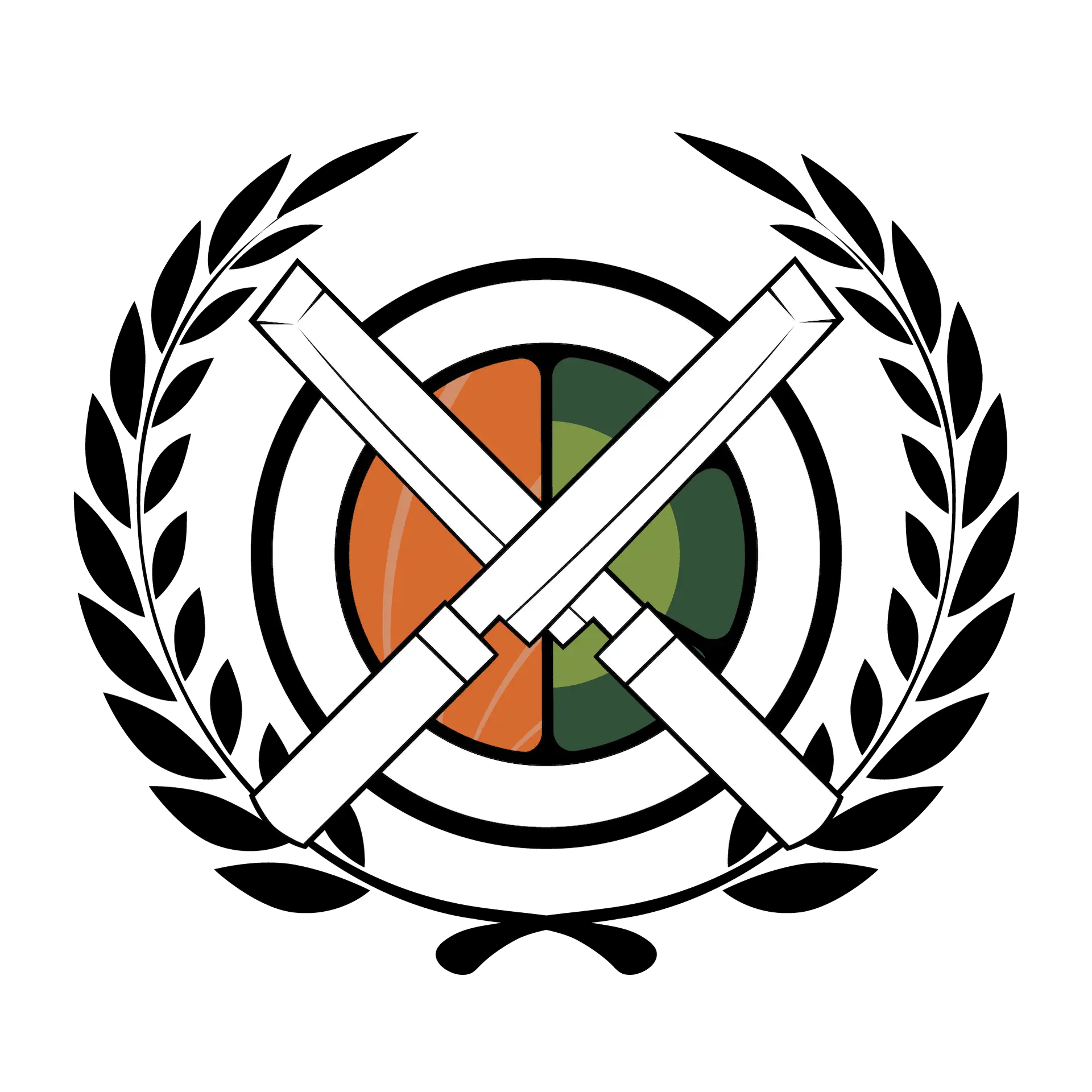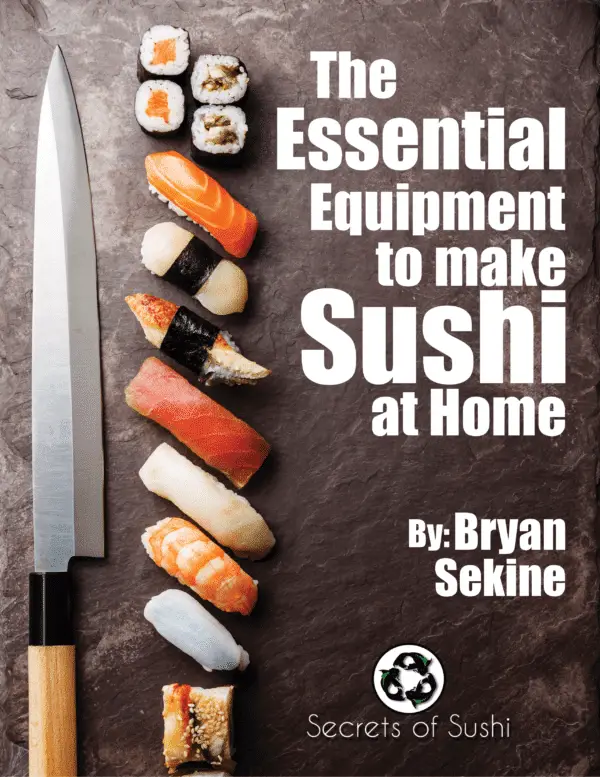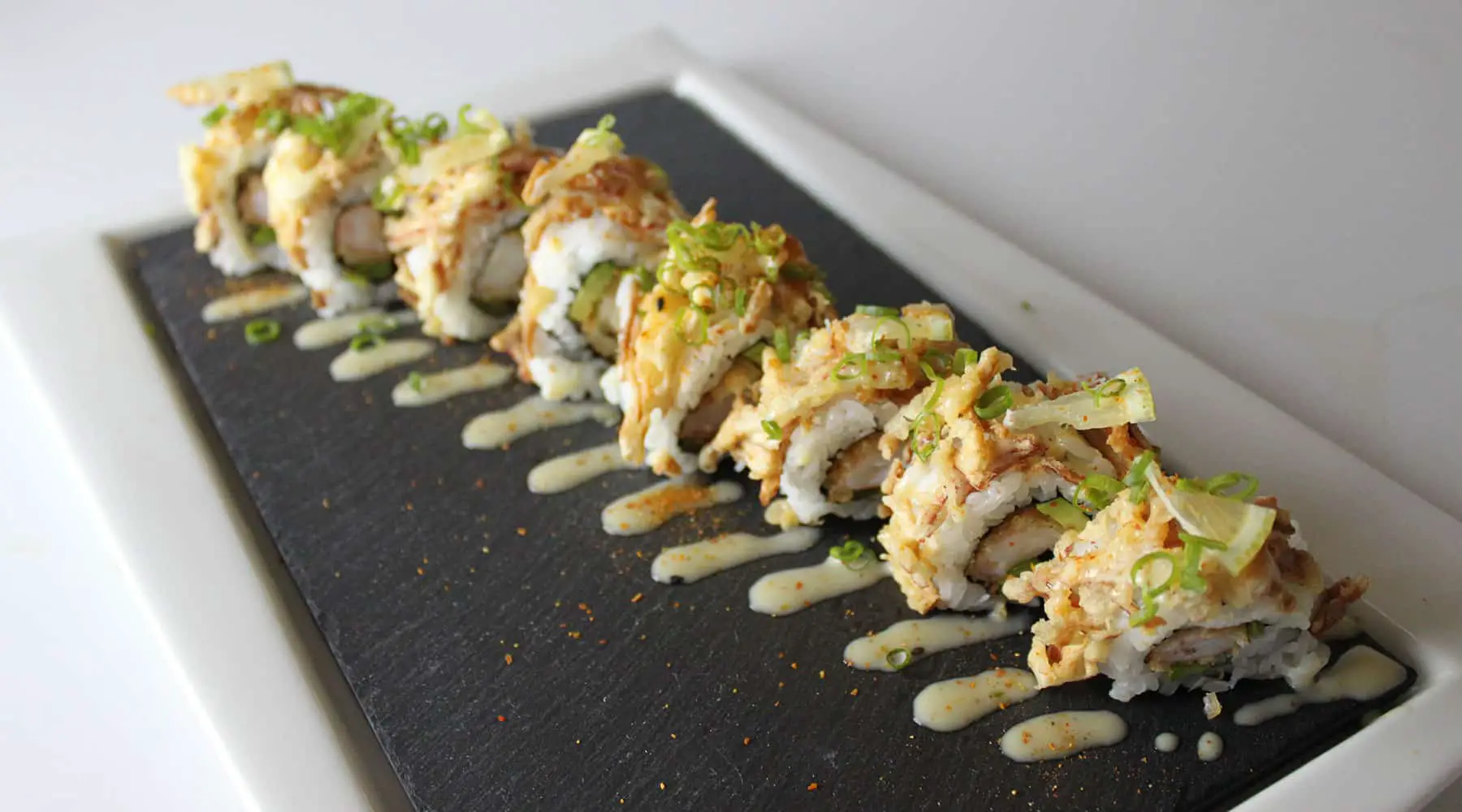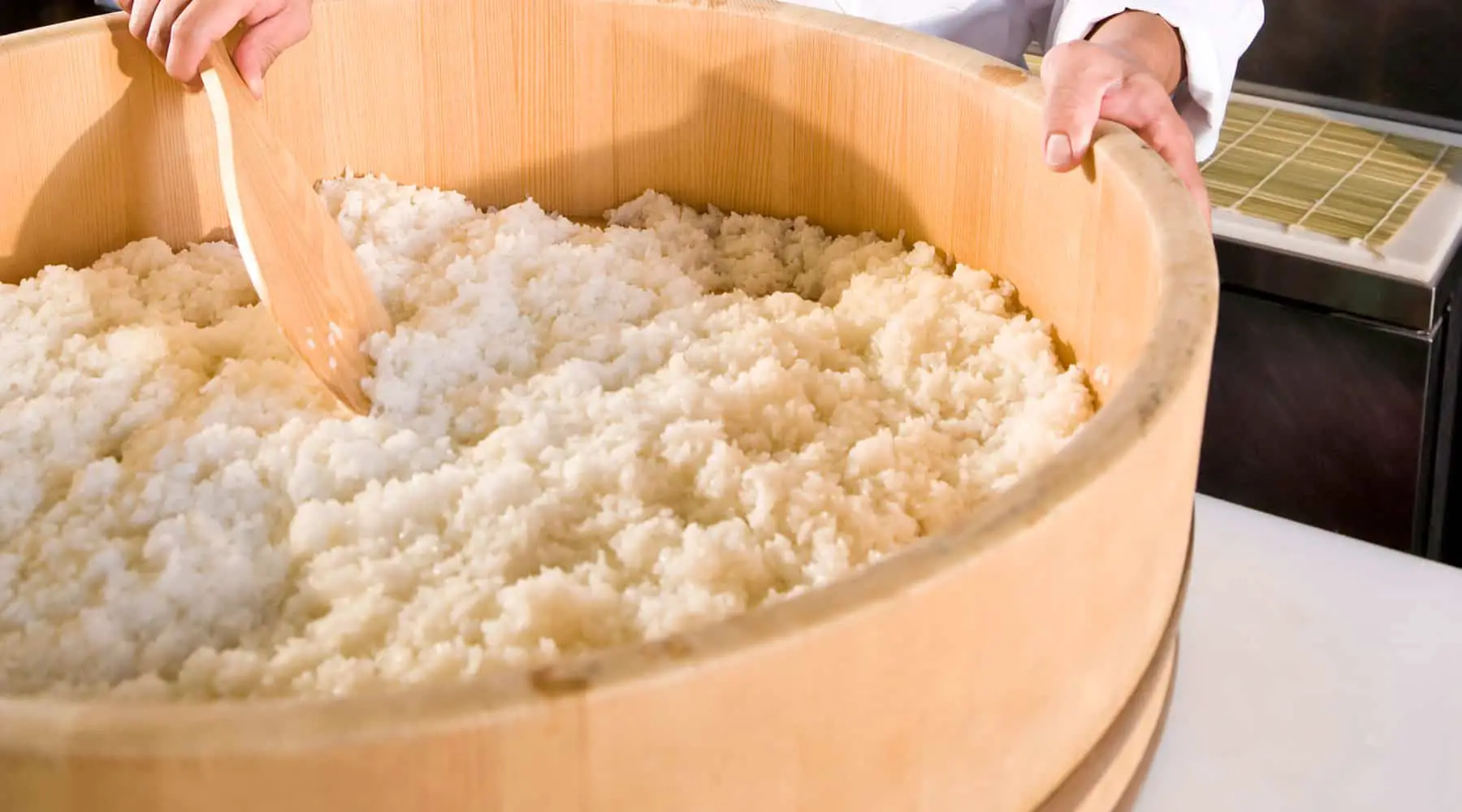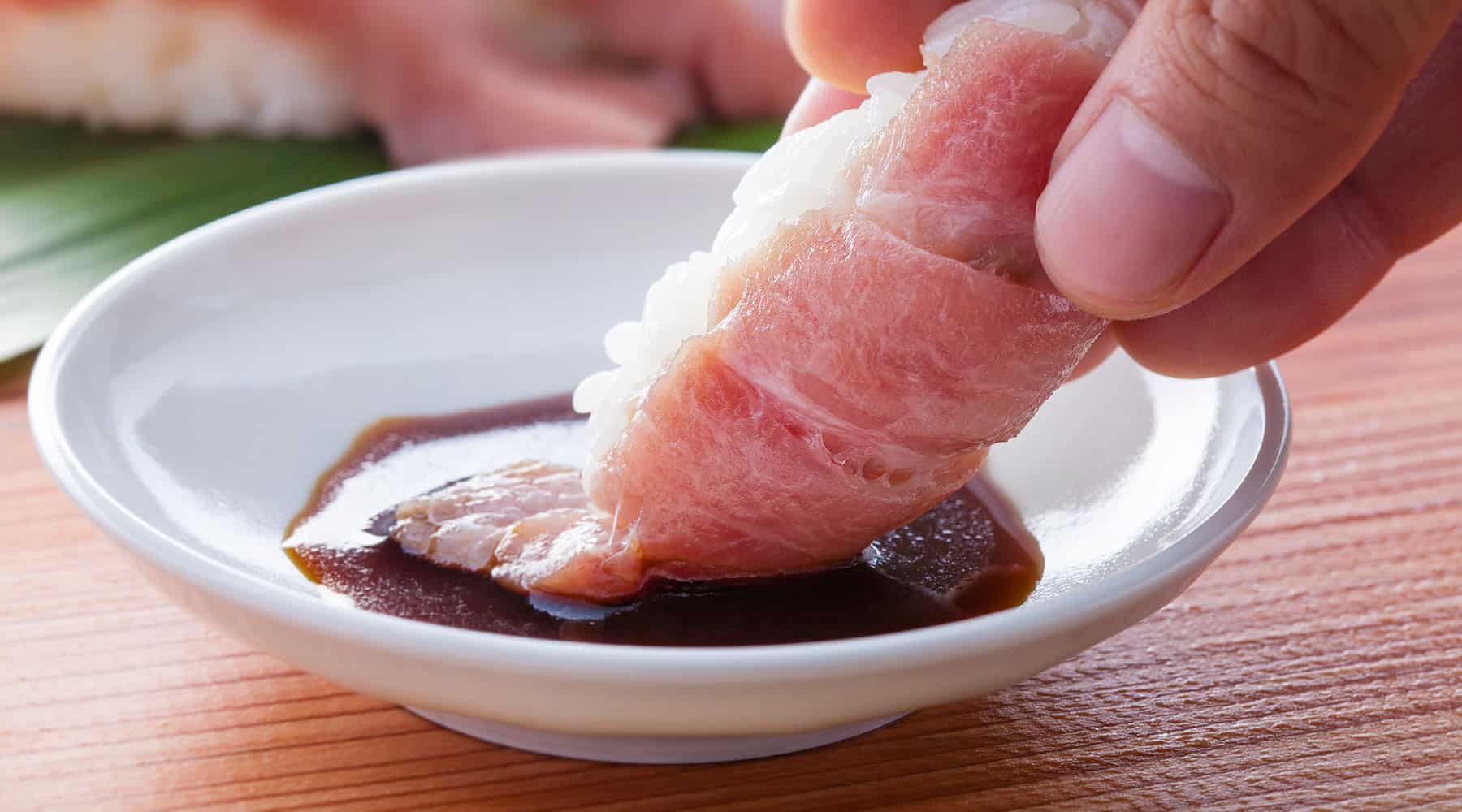What is Nori?
What is Nori?
Nori (seaweed) is a core ingredient found in 99.5% of all sushi rolls. It’s thin, dark green, dried, compressed seaweed that is used to hold the sushi roll together.
The production of this type of seaweed dates back to 700 AD in feudal Japan. Today, 230 sq. miles of Japanese coastline is dedicated to producing over 340,000 tons of seaweed per year.
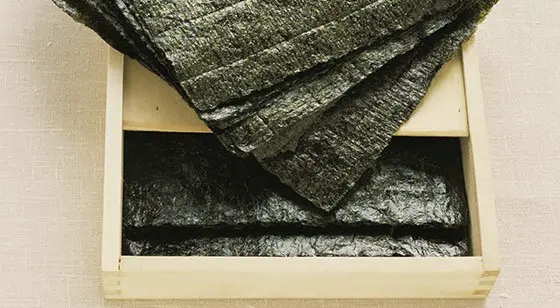
That’s 2/3 of the total production in the world! At a range of 30-90 cents per sheet, that produces over 1 billion dollars (USD) of profit per year!
This sounds like a highly processed product. I hear processed foods are bad for you... Is this really okay to eat?
Absolutely. In fact, the “process” that goes into it is simple, organic, and looks something like this:
- Organically Grown- I won’t go into how it’s grown because that’s a long story
- Harvest- 2 people operate a mechanized device for harvesting. Much like how we harvest wheat (minus gasoline)
- Stripping- the seaweed is thoroughly washed repeatedly (once in salt water, once in fresh water), minced, thinned out, and stripped into dry sheets
- Inspected- certified professionals inspect each batch of seaweed and determine it’s grade
- Toasted- This slow and low temperature process kills all bacteria and makes the seaweed crisp and aromatic
- Bid- Each company bids on a batch of seaweed and then cuts and packages it themselves.
What is a nori sheet
A nori sheet refers to individual pieces of nori used for sushi. Nori comes in thin sheets – either cut into “half sheets” or sold as “whole sheets.”
Most packages come with 10-100 sheets of nori per pack. The color of the packaging is also an indicator of the quality of nori!
From the highest quality to lowest: gold, silver, blue, green.
Why do sushi chefs use it?
Most people don’t realize it, but seaweed is the most nutritional ingredient in any roll.
Seaweed is easy to grow, easy to process, and it can be seasoned in a multitude of ways.
Not to mention it’s cost-efficient and honestly rather tasty!
Nori sushi is a term used to describe sushi rolls made using nori. It is also used to describe the category of sushi rolls (vs nigiri or sashimi) – though the term “maki sushi” or “makizushi” is more commonly used for that.
Nori Sushi is also the name of a chain sushi restaurant!
So...How nutritional is nori?
Seaweed (after it’s been dried and compressed) is approx. one-third protein and one-third dietary fiber by weight.
For example, 100g of nori contains about:
- 40 g protein
- 36 g dietary fiber
- 300 mg magnesium
- 2.4 mg potassium
- 280 mg calcium
- 6 mg iodine
- 11 mg iron
Not to mention the vitamins:
- 25 mg Vitamin A
- 4.6 mg Vitamin E
- 210 mg Vitamin C
- Small amounts of B12, B6, B2, B1, niacin, and Vitamin K
Did you notice how much Vitamin C that was? 210mg is approx. 3 times the amount in an average orange! Not to mention almost twice the daily value!
Let's be real here: No one eats 100g of seaweed in a day.
That’s true. The average sheet of nori is only about 3 grams. The above information is to show exactly how nutritious it can be.
On a “per serving” scale, the seaweed has approx. 10 calories, 5 mg of Vitamin C, and 1 gram of protein.

